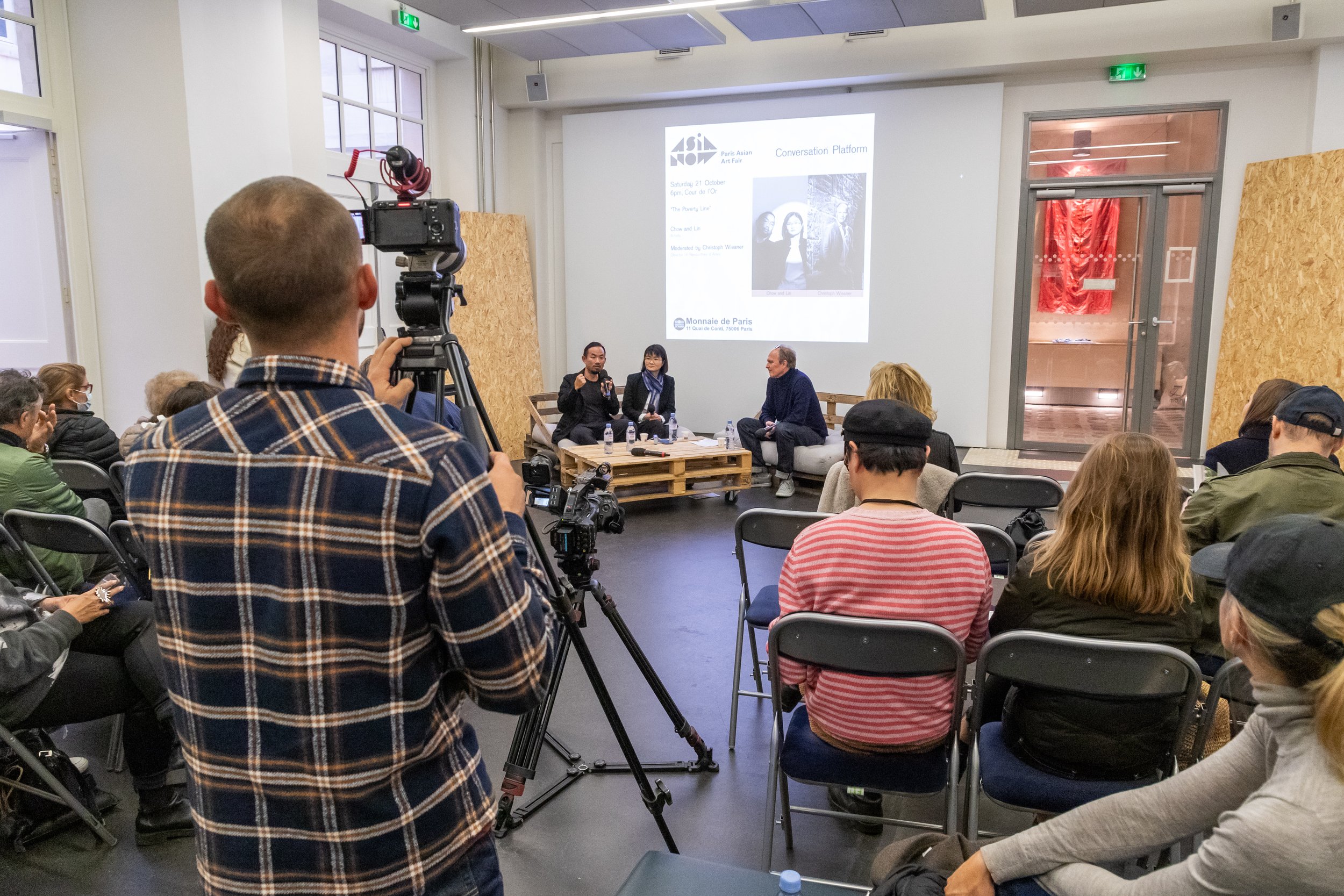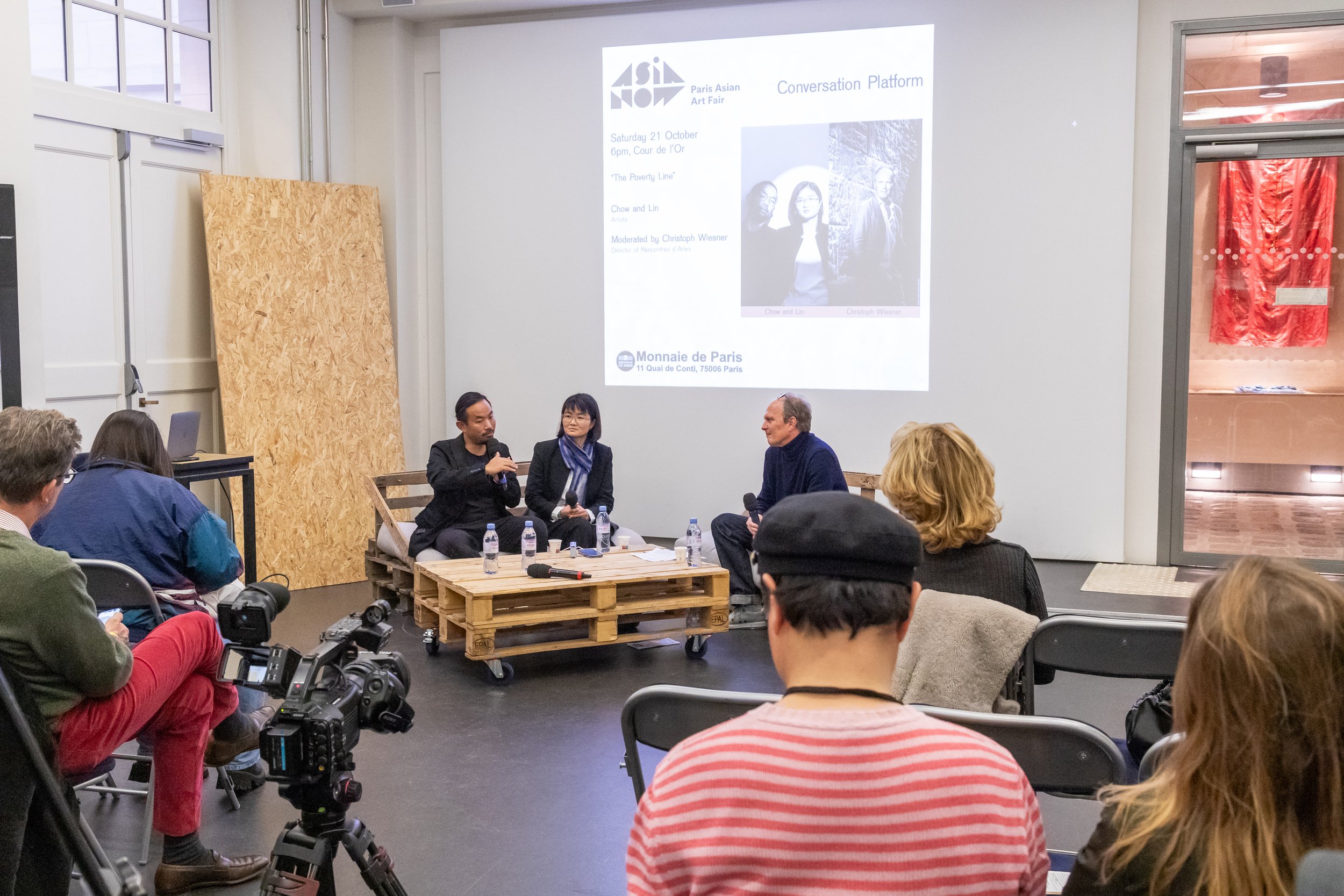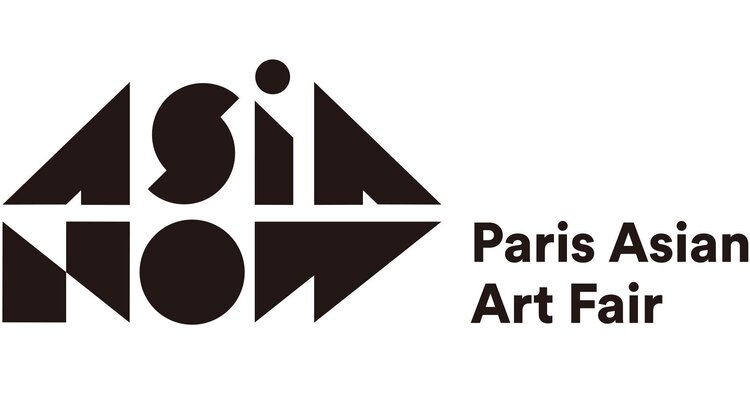The Poverty Line|Book Launch



Short Introduction to The Poverty Line Project and Book
The Poverty Line uses the universal lens of food to examine the daily choices we would face living at the poverty line. Over a period of 10 years, from 2010 to 2020, the artists travelled 200,000 kilometres to create case studies of 36 countries and territories spanning six continents. The Poverty Line art works are in the permanent collections of The Museum of Modern Art (MoMA) and China Central Academy of Fine Arts Museum. The Poverty Line book was a winner of the 5th edition of the LUMA Rencontres Dummy Book Award Arles 2019, and was selected by The Museum of Modern Art for its list of Favourite Photobooks for 2021.
About The Poverty Line Project
The Poverty Line uses the universal lens of food to examine the daily choices we would face living at the poverty line. Over a period of 10 years, from 2010 to 2020, the artists traveled 200,000 kilometers to create case studies of 36 countries and territories spanning six continents.
Each country’s figure uses the official poverty definition to derive a per-person, per-day rate. For middle- and high-income economies, the average low-income household food expenditure is taken into account, while for low-income economies, the entire daily income of a poor individual is used. According to the granted sum of money, food is bought in local marketplaces. Every food group is included: vegetables, fruits, starchy foods, protein, and snacks. Each product is photographed on a local newspaper from the day of the shoot. Dimensions and lighting are carefully determined, in order to express identical aesthetics over time and geographical breakdown. This typological method enables a singular interpretation of the picture, while relating details of each one to the rest of the corpus. The food items were selected on the basis of finding common products available in many of the economies covered in the project and highlight the globalization of food production and consumption.
Individual portraits are taken of food using a dramatic spotlight effect to highlight the existence of everyday items in our lives. The work draws on the spirit of classical still-life paintings but approaches the topic with contemporary realism.
Newspapers form the monotonous backdrops crowded with headlines screaming for attention. This reflects our incessant obsession with information, but in a format whose relevance is called into question with the rise of digital media. This seismic shift in information dissemination has impacted its accessibility in a connected and distracted civilization.
The Poverty Line is a growing conversation that questions our understanding of poverty and inequality. Traversing cultures and economic systems, it confronts the viewer with objective, non-emotional observations of our own circumstance, framed against the fragile balance of social structures, growth, and divide in an entangled, globalized world.
About The Poverty Line Book
Poverty, in its universality, seems immediately understandable and yet, as a global problem, its dissolution remains highly complex. To illustrate what it means to live at the poverty line, Stefen Chow and Huiyi Lin visited thirty-six cities on six continents, and examined poverty with regards to food. From the local markets, they bought vegetables, fruits, cereal products, proteins and snacks – the amount of food they could afford per day based on the respective poverty line definition set by each government. They photographed the resulting pile of food, placed on a page of a local newspaper from that day. Using visual typology and artistic research as their guiding principle, they carefully calibrated lighting and shooting distance to ensure uniformity and comparability.
In this visual reader, the photography of Chow and Lin is enriched by texts that shed light on issues around the poverty line as a global phenomenon. The authors relate to the challenges of our society and the UN 2030 Agenda for Sustainable Development whose first of seventeen goals is to end poverty in all its forms.
The book also contains essay contributions by:
Armida Salsiah Alisjahbana Under-Secretary General of the United Nations and Executive Secretary of the Economic and Social Comission for Asia and the Pacific),
Andrea Brandolini (Deputy Head of the Directorate Geeral for Economics, Statistics and Research at ) and John Micklewright (Professor Emeritus of Economics and Social Statistics at the University College London Institute of Education), and
Lucas Chancel (Co-Director and Senior Economist at the World Inequality Lab at Paris School of Economics)
The book was a winner of the 5th edition of the LUMA Rencontres Dummy Book Award Arles 2019. And it was selected by The Museum of Modern Art for its inaugural list of Favourite Photobooks for 2021.
About Chow and Lin
The crux of Chow and Lin’s practice lies in their methodology of statistical, mathematical, and computational techniques to address global issues since 2010. Chow and Lin’s projects are driven by the discursive backgrounds in economics, public policy, media, and these are further augmented by enduring exchanges with specialists from those fields.
Their projects have been exhibited at Arles Les Rencontres De La Photographie, Art Museum of Guangzhou Academy of Fine Art, Venice Arte Laguna, Houston FotoFest Biennial, National University of Singapore Museum and were invited to present at the United Nations Conference Centre in Bangkok. Their works are in the permanent collections of The Museum of Modern Art (MoMA) and China Central Academy of Fine Arts Museum. They are authors of The Poverty Line (published by Actes Sud and Lars Muller, 2021).
Stefen Chow and Huiyi Lin (b. Malaysia / Singapore) currently reside in Beijing, China.
Beijing | January 2016
CNY 8.22 (USD 1.27, EUR 1.17).
This is based on China’s national poverty line of CNY 2,300 per capita annual income at constant prices in 2010, i.e. CNY 3,000 annual income in Dec 2015.

